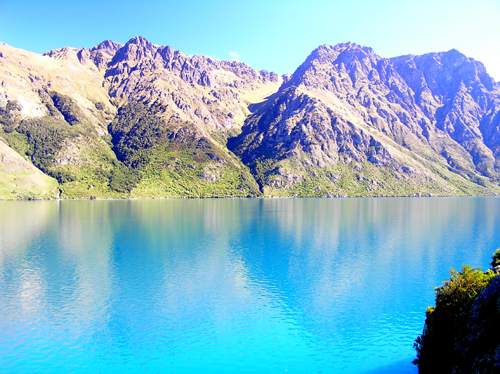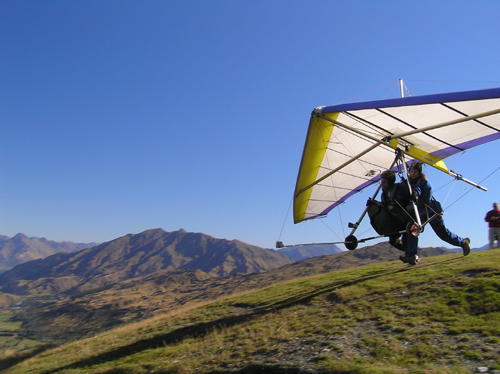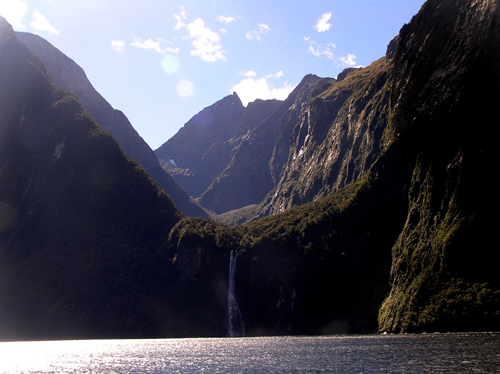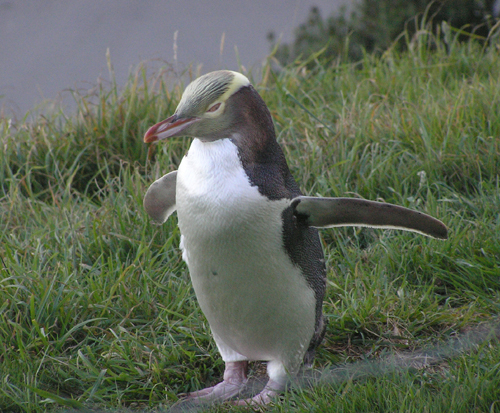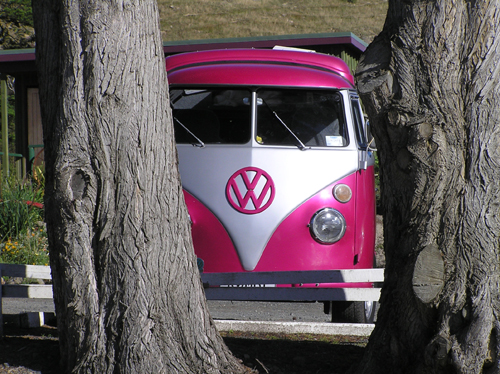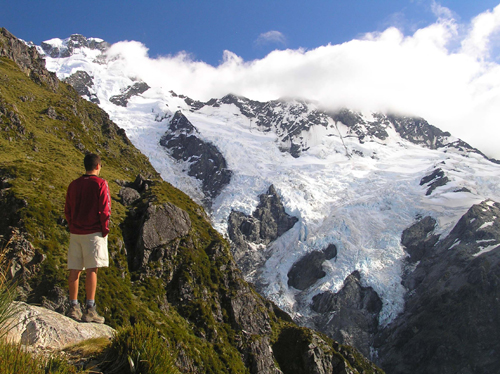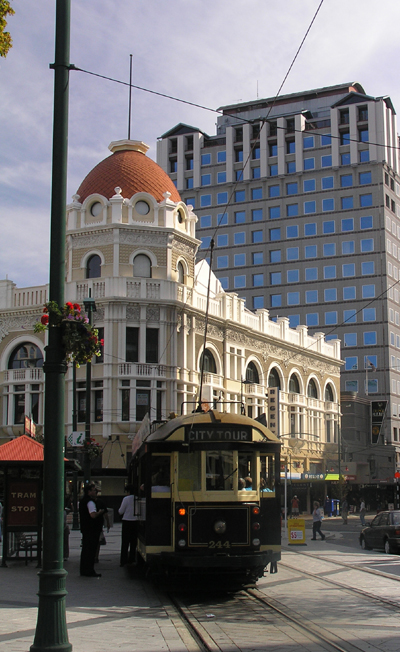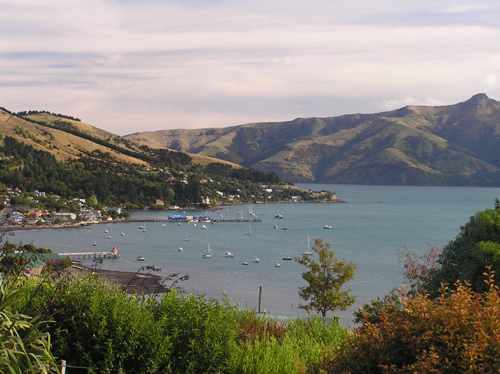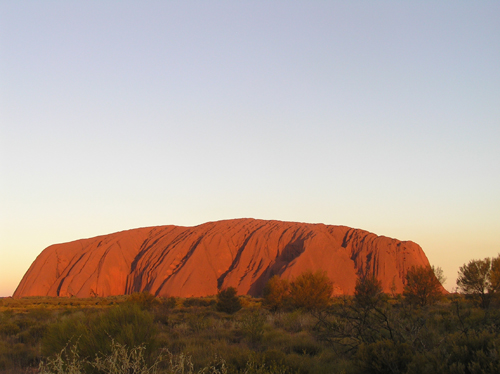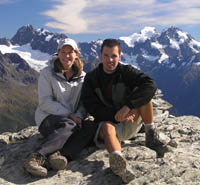100 Times Two
The second 100 days saw us complete our circumference of Southeast Asia, and finally drop below the equator to the land down under. A quick recap:
Vietnam: Hoi An - Hue - Hanoi - Halong Bay - Hanoi.
Laos: Vientiane - Vang Vieng - Luang Prabang.
Thailand: Chiang Mai - Pai - Lahu Village - Bangkok - Ko Pha Ngan - Khao Lak.
Malaysia: Kuala Lumpur.
Singapore
Australia: Sydney - Coogee Beach - Hunter Valley - Hobart - Tasman National Park - Freycinet National Park - Bicheno - Bay of Fires - Cradle Mountain National Park - Queenstown - Hobart - Uluru National Park - Watarrka National Park - Ormiston Gorge - Alice Springs - Sydney.
New Zealand: Christchurch - Akaroa - Lake Tekapo - Mt. Cook National Park - Alexandra - Dunedin - Kaka Point - Te Anu - Queenstown - Mt. Aspiring National Park - Fjordland National Park - Queenstown - Wanaka - Fox Glacier - Nelson Lakes National Park - Abel Tasman National Park - Marahau - Hanmer Springs - Christchurch - Kaikoura - Picton - Wellington - Napier - Lake Taupo.
Here are some highlights of the second hundred:
Best Food: Thailand.
Cheapest Food: Thailand ($1 for the best Phad Thai ever).
Best Beer: Black Mac (New Zealand).
Cheapest Beer: Beer Lao (650ml for $0.80 – actually cheaper than water).
Highest Red Kangaroo Density: Alice Springs, Australia.
Highest Forrester Kangaroo Density: Tasman Peninsula, Tasmania.
Highest Sheep Density: South Island of New Zealand.
Highest Dolphin Density: (tie) Abel Tasman National Park & Milford Sound, New Zealand.
Highest Penguin Density: (tie) Bicheno, Tasmania & Otago Peninsula, New Zealand.
Best Beach: Wineglass Bay, Freycinet National Park, Tasmania.
Best Caves: Halong Bay, Vietnam.
Best Kayaking: Abel Tasman National Park, New Zealand.
Best Museum: (tie) Asian Civilization Museum, Singapore & Te Papa National Museum, Wellington, New Zealand.
Most Expensive Lodging: Wellington, New Zealand - $95.
Least Expensive Lodging: Vientiane, Laos - $5.
Best Value Lodging: Pai, Thailand - $17 for exquisite private bungalow with outdoor shower.
Best Meal: The Park Café, Marahau, New Zealand.
Coolest Bar: The Hive, Luang Prabang, Laos.
Best View: (tie) Conical Hill, Mount Aspiring National Park, New Zealand & Milford Sound, Fjordland National Park, New Zealand.
Cleanest City: Singapore.
Tallest Building: Petronas Towers (452 meters - 88 stories - the world’s tallest until 2003).
Best Hike: 3-day trek over the Routeburn Track, Mount Aspiring National Park, New Zealand.
Best Fly Fishing: Clarence River, South Island of New Zealand.
Most Recognizable Icon: Sydney Opera House, Sydney, Australia.
Best Public Transportation System: Singapore.
Best Cooking Lesson: Thai Cookery School, Chiang Mai, Thailand.
Best Bookstore: L’Etranger, Luang Prabang, Laos.
Best Shopping: Chatuchak Weekend Market, Bangkok, Thailand.
Most Devastation: Khao Lak, Thailand, after the December 26th Tsunami.
The second hundred saw a dramatic shift from Asian to Western culture, from North to South, and from affordable to less so. Despite these changes, we continue to be surprised and amazed by the places we go, the people we meet, and the things we see. The world is a miraculous cornucopia of remarkable experiences. Although we are gliding towards the end, we are not done yet. Stay tuned to see what the rest of the trip has to offer.
